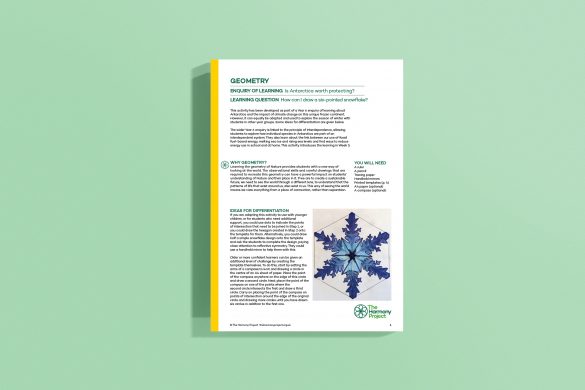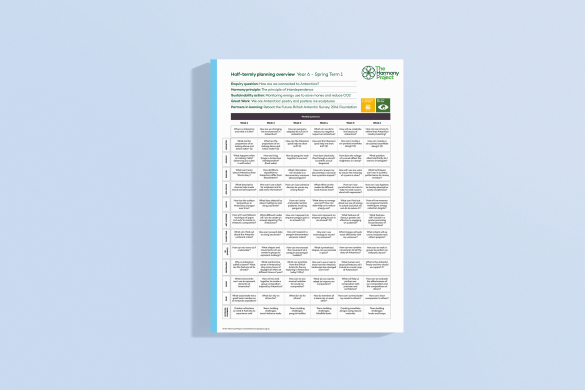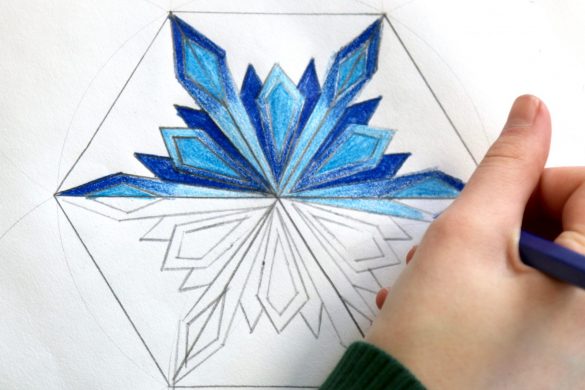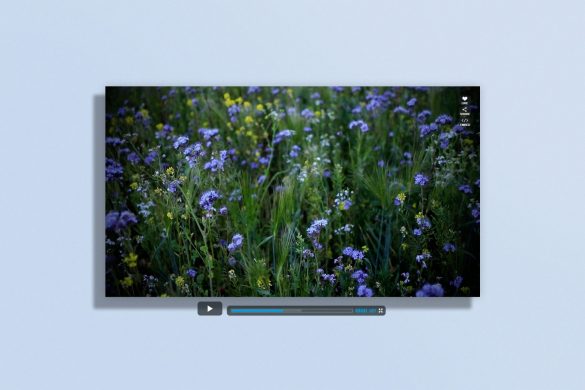Geometry lesson plan: How can I draw a six-pointed snowflake?

Every snowflake has its own unique geometry. Use this lesson plan to explore the rotational and reflective symmetry of snowflakes with your class.
This geometry activity has been developed as part of a Year 6 enquiry which asks ‘Is Antarctica worth protecting?‘ and explores the impact of climate change on this unique frozen continent. However, this lesson plan can equally be adapted and used to explore the season of winter with students in other year groups; ideas for differentiation are given in the resource itself.
The wider Year 6 Antarctica enquiry is linked to the principle of Interdependence and invites students to find out how individual species in Antarctica are part of an interdependent system. They also learn about the link between our use of fossil fuel-based energy, melting sea ice and rising sea levels and find ways to reduce energy use in school and at home. This activity introduces the learning in Week 3.
If you’re keen to build your students’ learning about snowflakes beyond this snowflake geometry activity, there’s a fascinating collection of close-up snowflake images on the website of scientist Kenneth Libbrecht, along with information about the science behind snowflakes and film clips showing how they grow.
To teach this activity you will need
- Pencils
- Rulers
- Tracing paper
- A class set of handheld mirrors
- A class set of compasses
- Printed templates
- A4 paper
- Snowflake images



